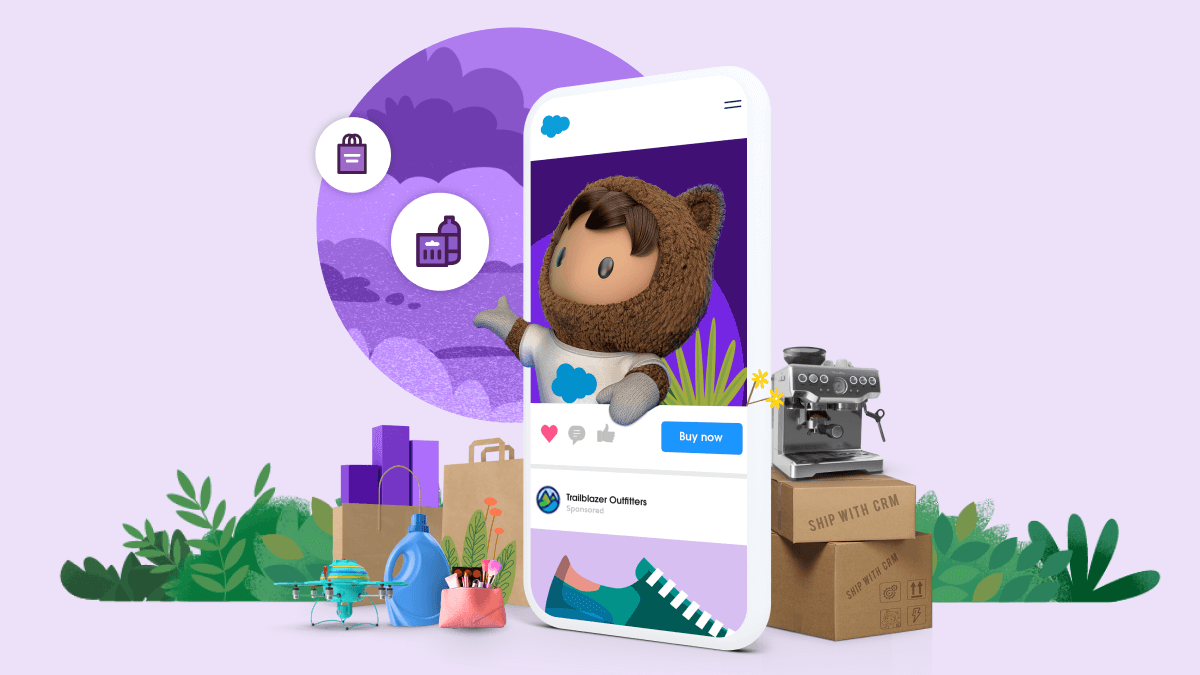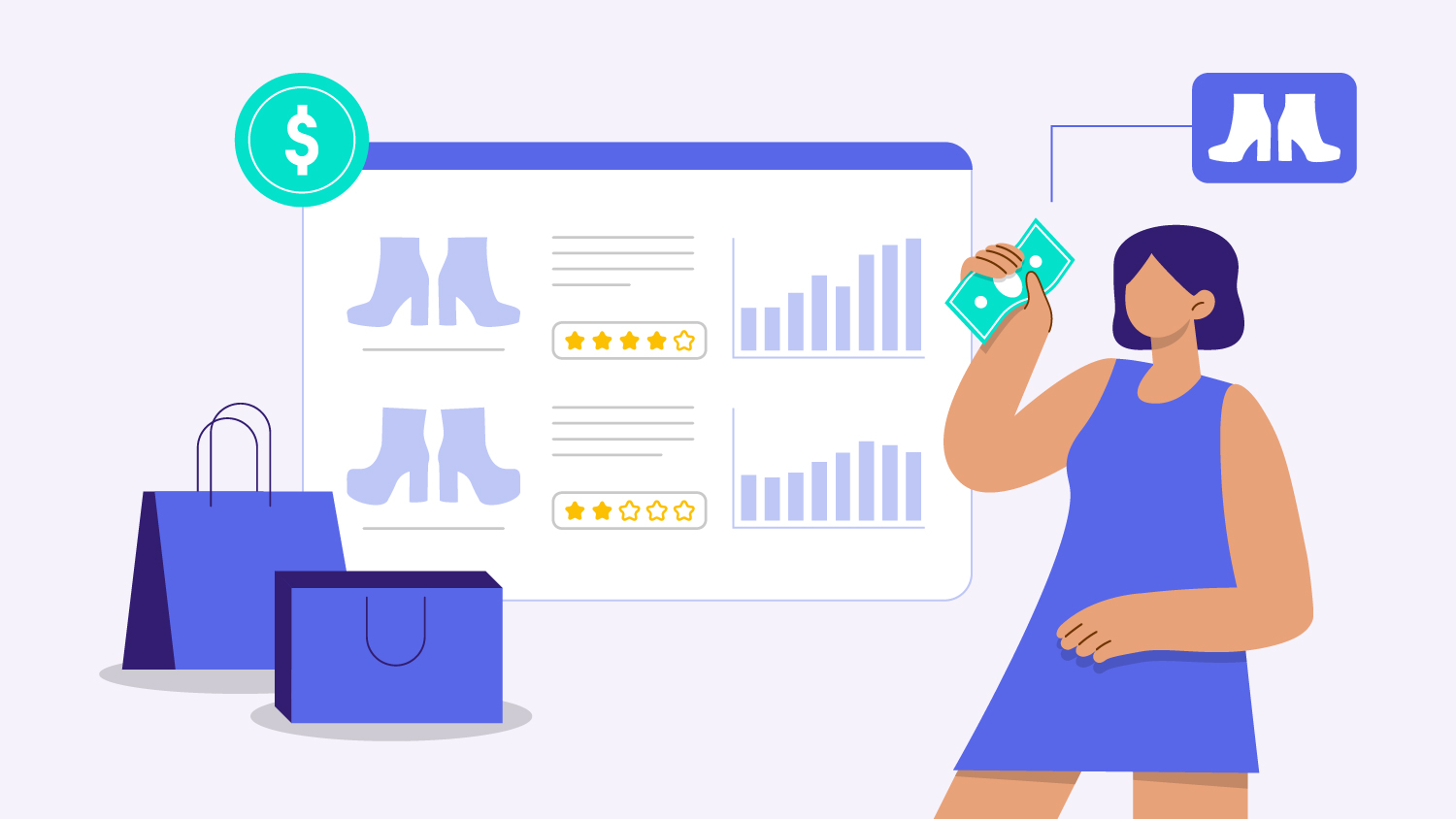Consumer Behavior: How to Spot Trends and Make Decisions



Analyzing consumer behavior can help you meet your customers where they are, just when they need you most. Here’s how to get to know your shopper.
Ever since a CD copy of Sting’s “10 Summoner’s Tales” became the first item sold on the internet in 1994, customers have left behind a trail of digital breadcrumbs that can tell you a lot about their likes and dislikes.
For today’s businesses, data is a crucial component of success. And when it comes to analyzing consumer behavior, having the right data is key. Let’s look at why consumer behavior is an important consideration for retailers, as well as ways you can analyze that behavior to engage your customer base and drive loyalty.
Learn more about:
- What is consumer behavior?
- 7 benefits of understanding consumer behavior
- The 4 types of consumer behavior
- What drives consumer behavior?
- Consumer behavior: Shape it or be shaped by it
What is consumer behavior?
Consumer behavior comprises why, when, where, and how people make purchases. By identifying the decision-making processes and patterns that guide consumers, businesses can improve their offerings, build emotional connections and deliver more relevant products and services.
Benefits of understanding consumer behavior
Consumer behavior is a key consideration when developing your digital marketing strategy. It’s also important for delivering great customer service. Let’s take a look at all the ways understanding consumer behavior benefits your business:
- Increased customer retention and higher customer lifetime value
- More effective development of new products and services
- Ability to differentiate audiences and tailor the right offering to the right customer
- Better insights into your competitors and why customers may be choosing them
- Potential to optimize pricing strategies and increase ROI on marketing activities
- Means to create a next-level loyalty program that delivers impactful rewards
- Potential to predict market trends and stay ahead of your customers’ needs
Give the People What They Want
The more data you collect, the better you’ll understand shoppers’ wants and needs. Then you can anticipate how, when, and why they will act.
(Back to top.)
The 4 types of consumer behavior
It’s important to look at consumer behavior on both the big-picture level — why a customer will want to stay with your business for the long haul — and on a granular level — why a customer will choose your product or service in the moment.
To do this, it helps to understand the different types of customer behavior.
1. Limited decision-making
Sometimes, a consumer doesn’t have a whole lot of choice when making a purchase. In these instances, they may be forced to pay more for an item than they usually would, or shop on a channel that they normally wouldn’t use. In other words, limited choices can make buyer behavior unpredictable.
2. Complex decision-making
If a buyer does a lot of research before making a purchase, they’re displaying complex decision-making behavior. This is often the case with larger purchases such as luxury items or high-priced electronics when consumers will read reviews, compare products and seek affirmation that they’re making a good choice.
3. Variety-seeking buying behavior
Consumers who display variety-seeking behavior will purchase different varieties of similar items, say crisps or t-shirts. This type of behavior usually revolves around inexpensive items, where the cost to experiment is low.
4. Habitual buying behavior
Frequently, people purchase items out of habit, not loyalty – for example, things like toilet rolls, milk or bin bags. These are inexpensive, widely available items that don’t normally require much research or thought, and where there’s not much brand differentiation.
(Back to top.)
What drives consumer behavior?
There may be four types of consumer behavior, but there are far more types of consumers. From fashion-forward shoppers to budget-conscious buyers to quality-first customers to impulsive basket-fillers, consumers come in all varieties. But behind every consumer is a bigger story, along with shopping habits that have been shaped by a lifetime of experiences.
Here are some of the things that contribute to consumer behavior:
- Economic factors
- Cultural factors
- Psychological factors
- Personal factors
- Social factors
Understanding your demographics can help you recognize the different factors that may be at play so you can position your offerings accordingly.
(Back to top.)
Consumer behavior: Shape it or be shaped by it
When it comes to consumer behavior, businesses can be reactive or proactive. A business using reactive strategies might adapt its offerings to meet shifts in consumer behavior. Businesses that choose to be proactive can try to influence customer behavior by launching new products and starting new trends.
Here are some ways that businesses can analyze and shape consumer behavior to unlock big benefits.
Put your data in the driver’s seat
Your existing customer data will tell you plenty about the behavior of consumers. Ensure that your data management is centralized so that you can get a complete picture of all your customers’ interactions, then look for patterns and shifts across time. You may also want to make sure you have the right toolkit for delivering robust analytics.
Optimize your messaging
As the climate changes, so will the behavior of consumers. Your brand messaging should not only be able to flex to the consumer but with the landscape. For instance, even quality-first customers might have a positive response to price-first messaging in challenging economic times. And in today’s climate, transparency, values-based spending and the ‘humanization’ of moments are more important than they were just a short time ago.
Make every day a holiday
Unwrap The 2024 Retail Holiday Planning Guide to learn our top tips for winning shoppers’ hearts and wallets during peak shopping moments all year long.



Generate positive word of mouth
One of the best ways to address every type of consumer behavior is to establish a positive reputation. Advocates, or promoters, are the customers who love your brand and are excited to share that love online. This positive social proof can win over customers who need affirmation before buying or guide consumers who are having trouble differentiating between similar offerings.
Offer next-level incentives
You can shape consumer decision-making by offering rewards that speak to their unique behaviors. Incentives can drive loyalty and win over ‘habitual buyers’ while providing ‘variety-seeking buyers’ with a reason to regularly stick with your brand.
Ask the right questions for your business
All organizations will want to know why consumers are choosing one product over another, but they may have different concerns when looking at their data. Some will be looking at price points and conversions. Others will focus on the lifestyle of the buyer. Others may look at the channels used and the stages of the marketing funnel. When analyzing consumer behavior, make sure you know what information will be most helpful.
(Back to top.)
Ready to give the customers what they want?
Your data will tell the story of how you’ve been building customer relationships up until this point. It will give you keen insights into how and why customers are engaging – and how you can increase that engagement. Look at things like your demographics. Total spend. Add-on items. Whether any discounts have been applied. Look at your social media. Do you have a strong community presence?
After you evaluate your customer engagement, you can send customer surveys and solicit feedback. You can even use this as an opportunity to offer incentives for referrals or create social proof, like UGC (user-generated content).
Once you have this mix of qualitative and quantitative data, you’ll have a pretty good idea of how your consumers are behaving – and how you can adapt to that behavior to build exceptional relationships.
(Back to top.)





























